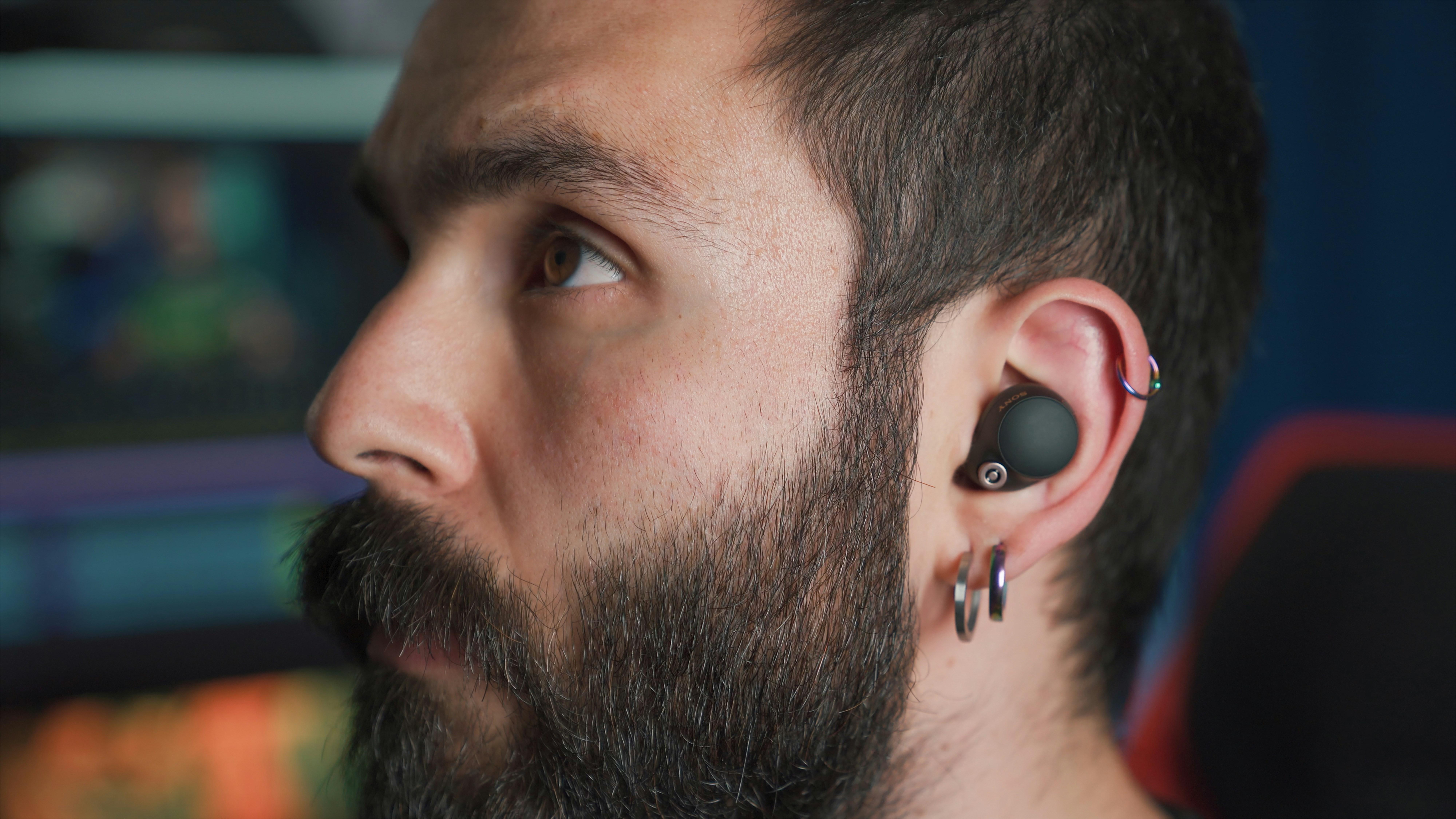In a world brimming with small talk and surface-level chatter, the art of asking deep questions has become a rare and valuable skill. It’s an invitation to explore the uncharted territories of the human mind, to connect on a level that transcends the mundane. Yet, the challenge lies in striking the delicate balance between curiosity and comfort, ensuring that the conversation feels organic rather than an interrogation. This article delves into the subtle nuances of how to engage in meaningful dialogue, offering insights on how to navigate the landscape of deep questioning without it feeling like an interview.
Crafting Curiosity: Embrace Open-Ended Inquiry
At the heart of meaningful dialogue lies the art of open-ended inquiry. Rather than posing questions that corner someone into a yes or no response, embrace the potential of questions that encourage exploration and introspection. Think of it as opening a door, not a box. Here’s how to weave curiosity into your conversations:
- Use “how” and “why”: These words invite narratives and explanations, sparking stories and deeper insights.
- Focus on experiences: Ask about feelings or reflections on past events, allowing individuals to share personal insights.
- Encourage imagination: Questions like “What if…” or “Imagine…” can lead to creative and engaging exchanges.
By fostering a space where thoughts can flow freely, you not only learn more but also build a connection grounded in mutual curiosity and respect.

Creating Comfort: Establishing a Relaxed Atmosphere
When diving into meaningful conversations, it’s essential to foster a space where participants feel at ease. This means more than just physical comfort; it’s about cultivating an atmosphere that encourages openness and authenticity. Start by ensuring the environment is free from distractions. Soft lighting and comfortable seating can help set a relaxed tone. Consider playing gentle background music to further ease the mood.
Engage with genuine curiosity and active listening. Nod to show understanding, and offer verbal affirmations like “I see” or “That’s interesting” to keep the dialogue flowing naturally. Avoid jumping in with your thoughts immediately; give pauses after their responses, which shows you’re valuing their words. Here are a few tips to enhance comfort:
- Body Language: Maintain an open posture and make eye contact to show attentiveness.
- Personal Space: Respect their personal space, allowing them to feel safe and unpressured.
- Timing: Choose a time when neither party feels rushed, allowing the conversation to unfold organically.
By creating this kind of supportive environment, you pave the way for deeper connections without the pressure of a formal interview setting.

Active Listening: The Art of Genuine Engagement
Engaging in meaningful conversations requires more than just hearing words; it demands a commitment to understanding the emotions and thoughts behind them. Active listening transforms ordinary exchanges into profound connections by fostering an environment where the speaker feels genuinely heard. To master this art, consider the following strategies:
- Be Present: Minimize distractions and focus entirely on the speaker. Your body language, such as maintaining eye contact and nodding, should reflect your attentiveness.
- Reflect and Clarify: Paraphrase what the speaker has said to ensure you’ve understood correctly. This not only confirms your engagement but also encourages deeper dialogue.
- Ask Open-Ended Questions: Encourage expansive responses by asking questions that cannot be answered with a simple “yes” or “no.” This invites the speaker to share more nuanced perspectives.
By embracing these practices, you cultivate a space where both parties feel valued and understood, turning conversations into opportunities for genuine connection.

Balancing Depth and Lightness: Navigating Emotional Terrain
Engaging in meaningful conversations requires a delicate balance between exploring profound topics and maintaining a sense of lightness. To achieve this, consider focusing on open-ended questions that invite storytelling rather than interrogation. Instead of asking, “What is your biggest fear?” try “Can you share a moment that challenged you and how you grew from it?” This approach encourages reflection while avoiding a rigid Q&A format.
- Be Present: Listen actively and respond to the nuances of the conversation.
- Embrace Pauses: Allow moments of silence to give depth to the dialogue.
- Follow Curiosity: Let genuine interest guide your questions.
By weaving curiosity with empathy, you create a space where both depth and lightness coexist, fostering a more authentic connection.




